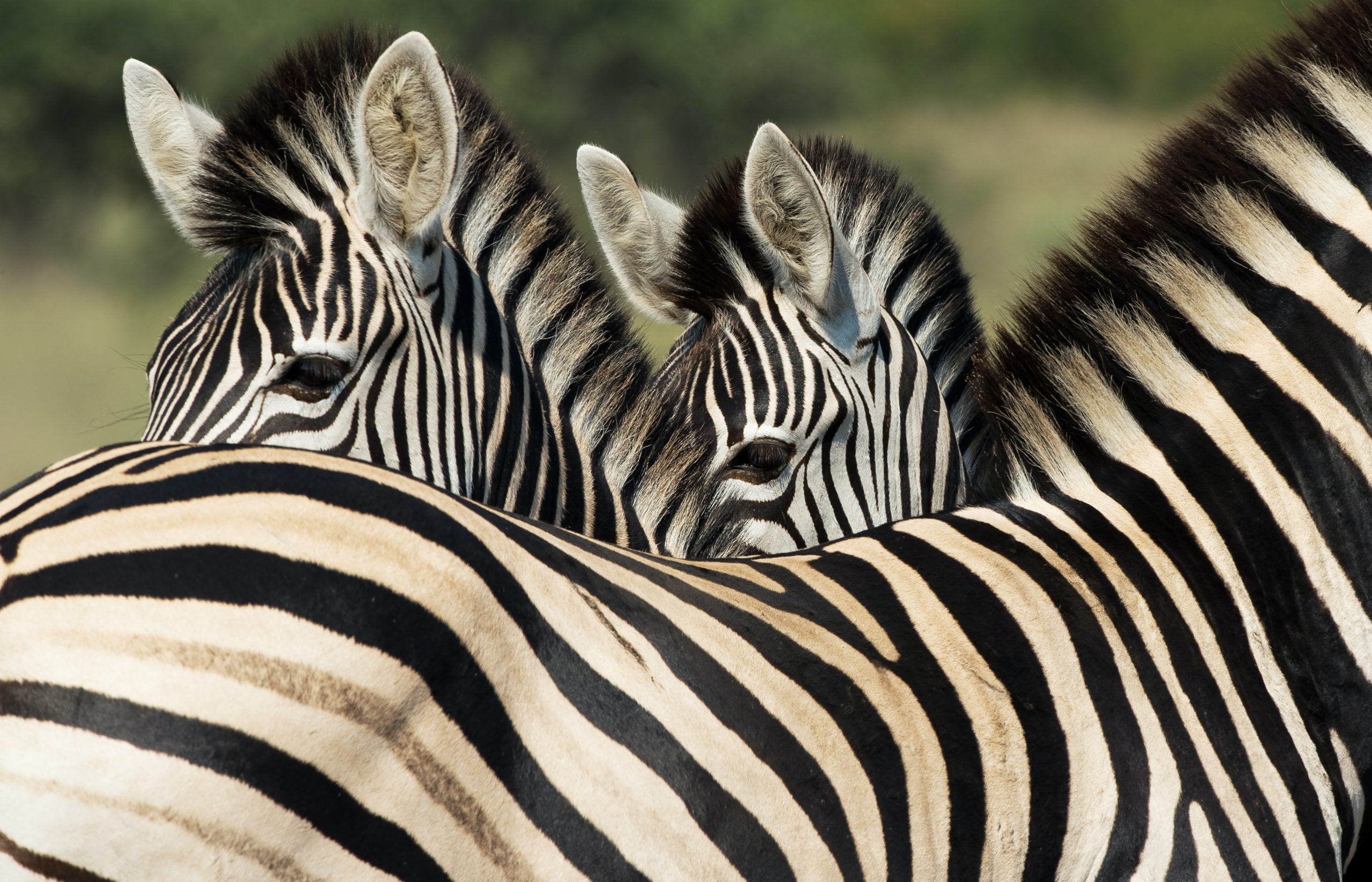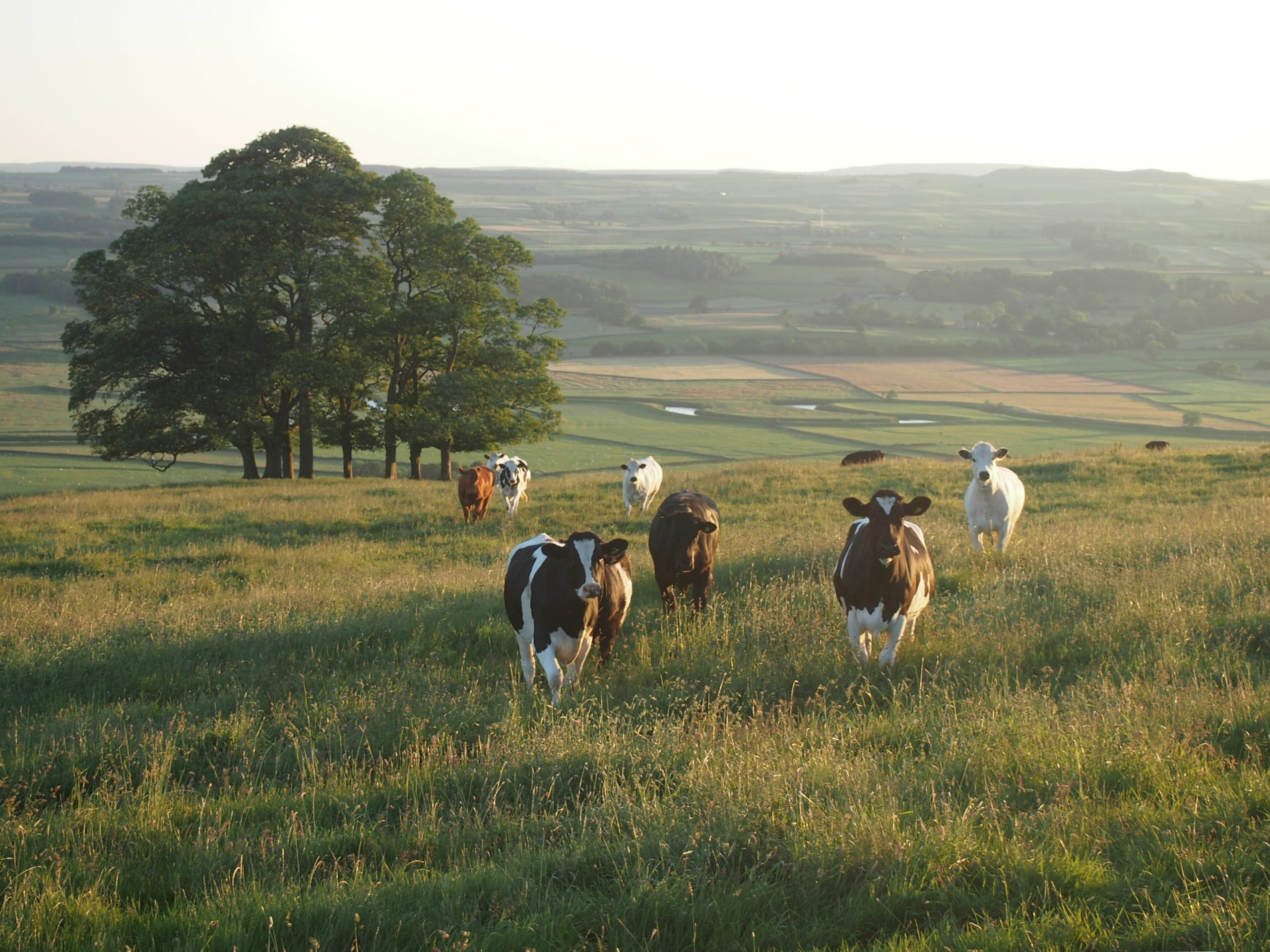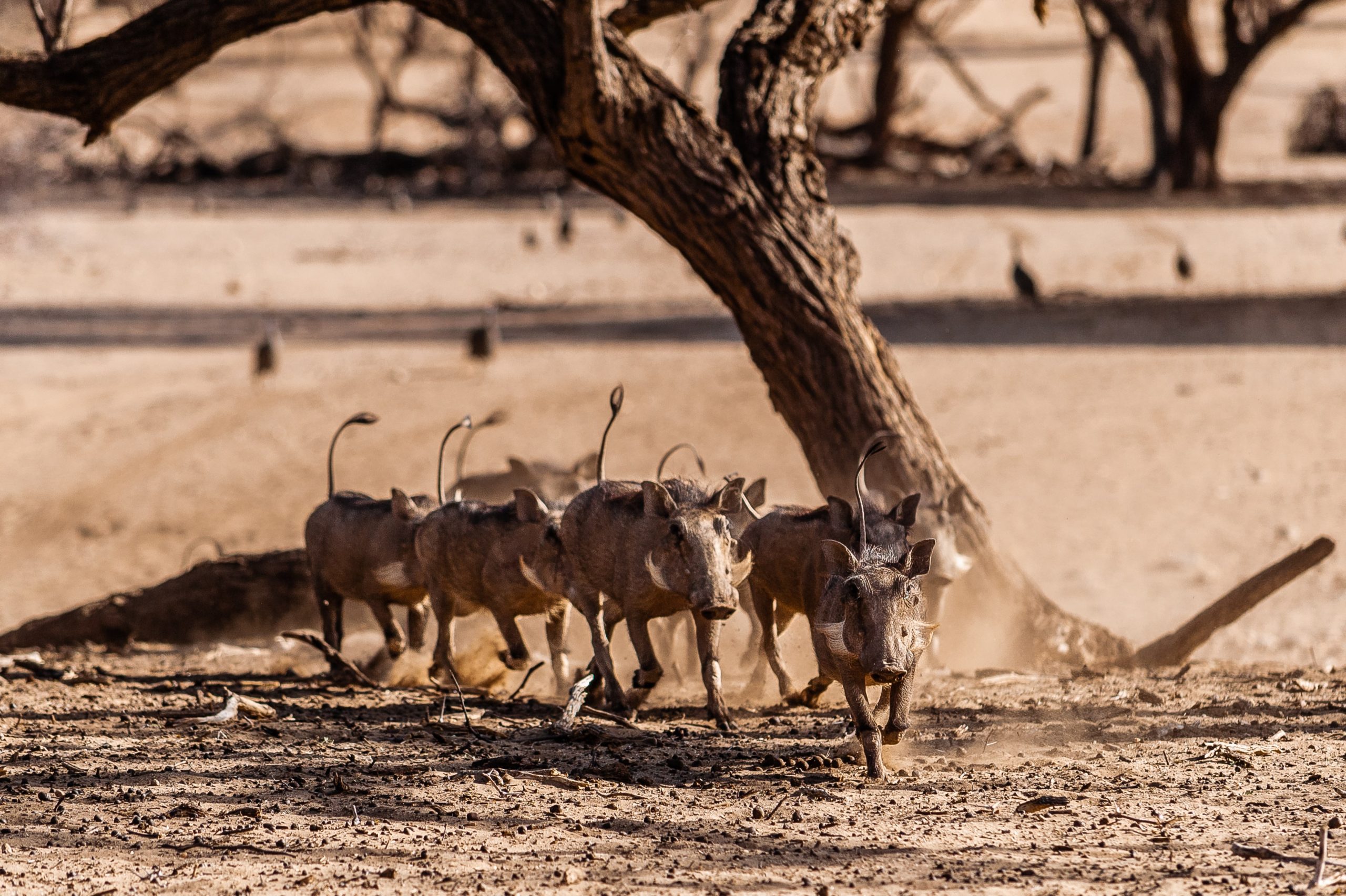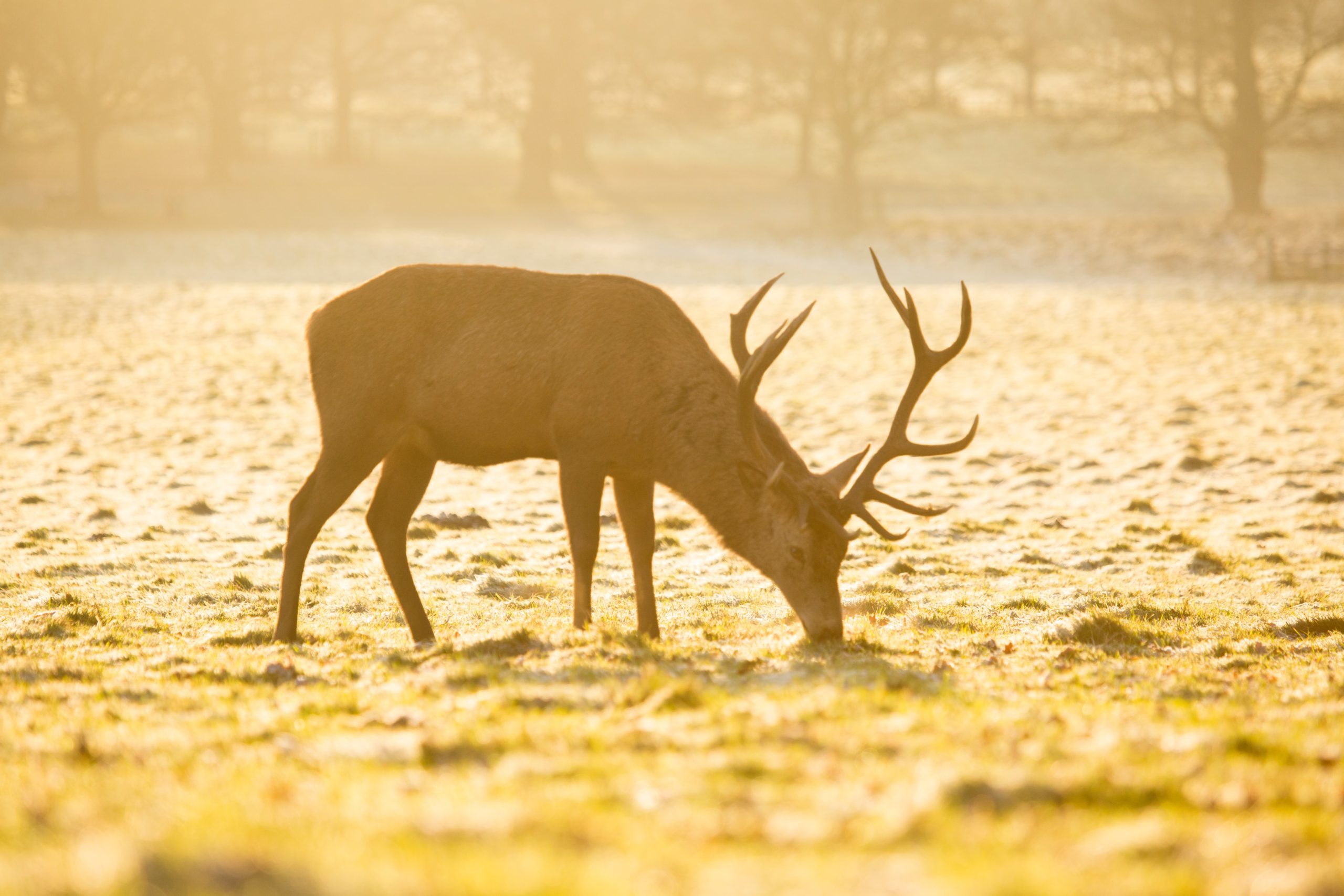Whether you’re photographing lions on the Serengeti, polar bears in the Arctic or hedgehogs in your back garden, here are a few top tips to help you capture shots of wildlife you can be proud of.
Fill the frame

To maximise impact with your photographs, try to fill the frame with your subject. This will often involve using a telephoto lens or the telephoto setting on a zoom lens to magnify the animal in question, making it appear closer. Most smartphones don’t have an optical zoom lens but rely on digital zooms – essentially, blowing up the picture and cropping out the outer part, which reduces the overall quality. Digital zooms are best avoided.
Avoid the shakes
A telephoto doesn’t just magnify your subject, it also magnifies camera shake, often leading to blurred images. This is exacerbated by the fact that telephoto lenses tend to let less light into the camera than other lenses, so you have to use a slower shutter speed to achieve the correct exposure. The slower the shutter speed, the more chance of camera shake. Always try to use a shutter speed greater than the focal length of the lens – so if you have a 400mm lens, use a speed of 1/500 second. You might need to increase the ISO sensitivity to achieve this. Other ways to reduce camera shake include using a monopod (one-legged tripod), switching off the engine of any vehicle, and using a vibration reduction setting in your lens, if it has one.
Compose with landscapes

If you don’t have a telephoto lens, or can’t get very close to the animal in question, shoot a landscape shot where the animal is just a part of the scene. This means that you can still shoot engaging pictures with the simplest equipment. A good technique is to avoid having your subject in the centre of the frame: compose with it to one side, looking into a sweeping landscape – that can say a lot more about them and where they live.
Shoot some action

Try photograph animal behaviour. You will learn more about the animal, and also shoot more interesting pictures. Always be ready for action, whether you’re watching an animal hunting, fighting or just playing. There are two ways to shoot behaviour: with a very fast shutter speed to freeze the action, or using a slow pan, selecting a slow shutter speed and moving the camera in pace with a moving subject to selectively blur the background.
Use the golden hours

Not only is the light better at the beginning and end of the day – soft and warm light after sunrise and before sunset – but many animals tend to be more active during these times, too, especially in the tropics where the heat is intense in the middle of the day. You will see a lot more, and get better pictures, if you get up early.
Avoid shooting too many bottoms
Don’t just snap away at everything. It is very easy to get carried away, especially on your first African safari. Pace yourself, and show some restraint when taking pictures. If you just take loads of pictures of animals walking away from you, you’ll end up with lots of pictures of animal bottoms. This might work if you are photographing zebras, but generally will give endless dull pictures.